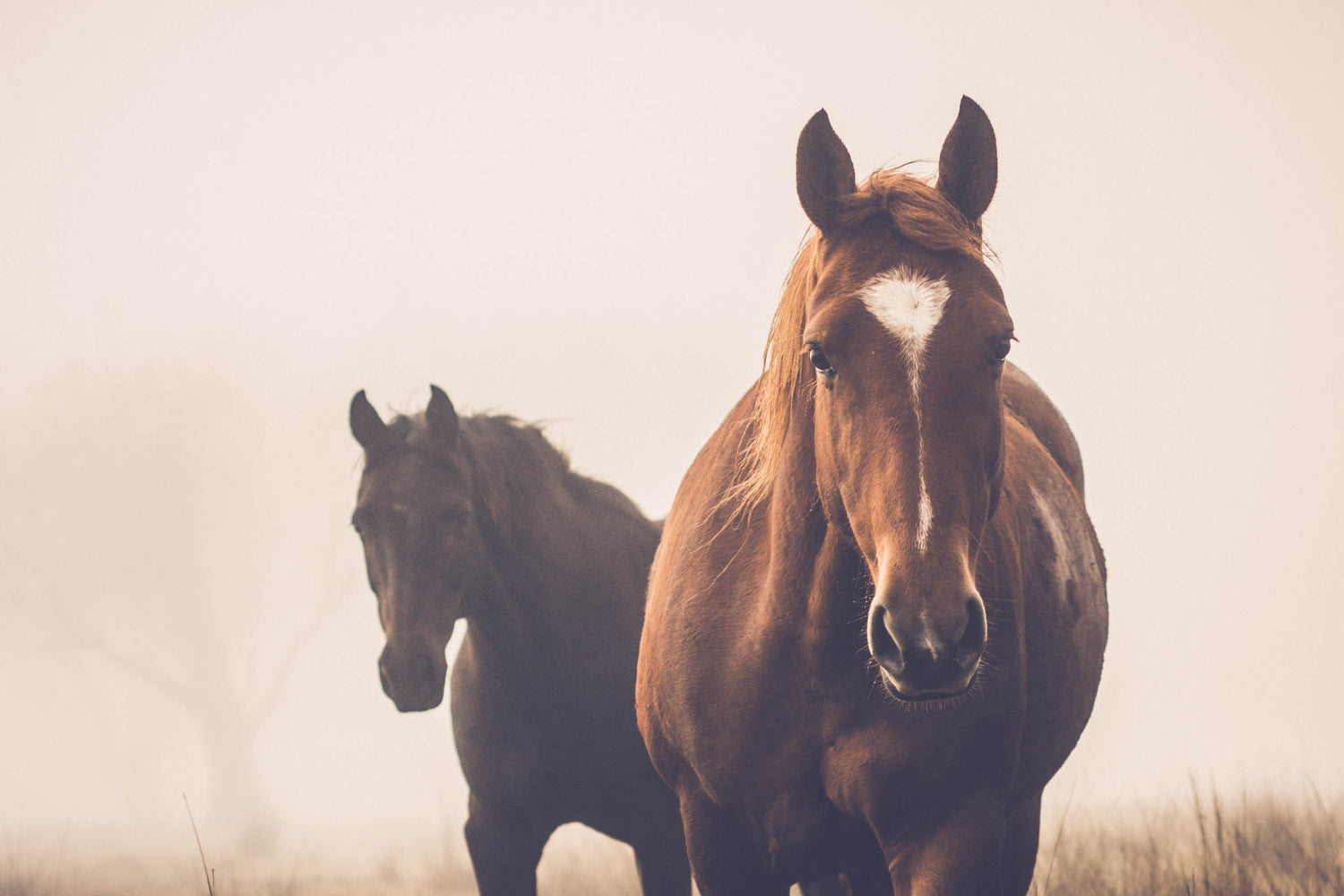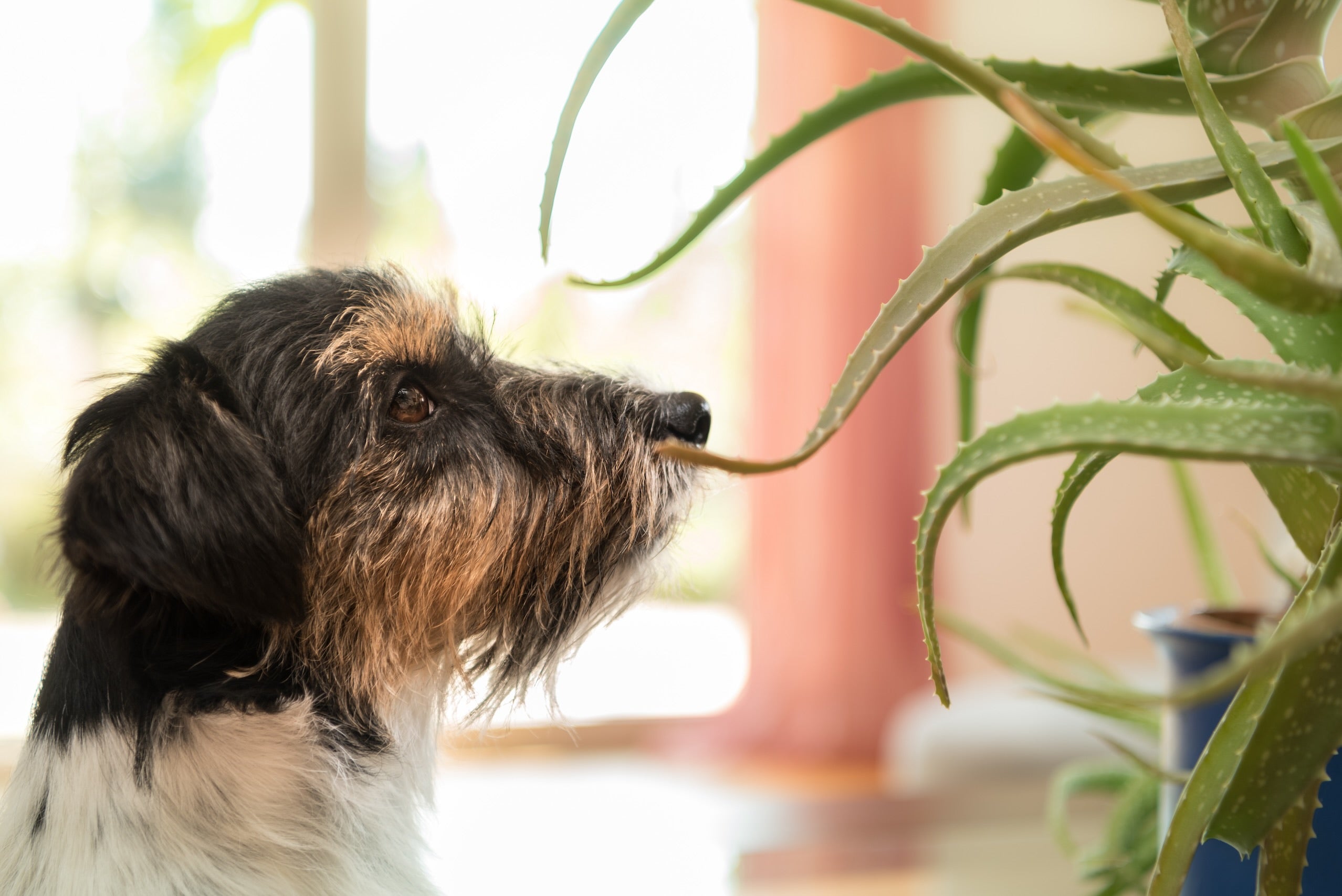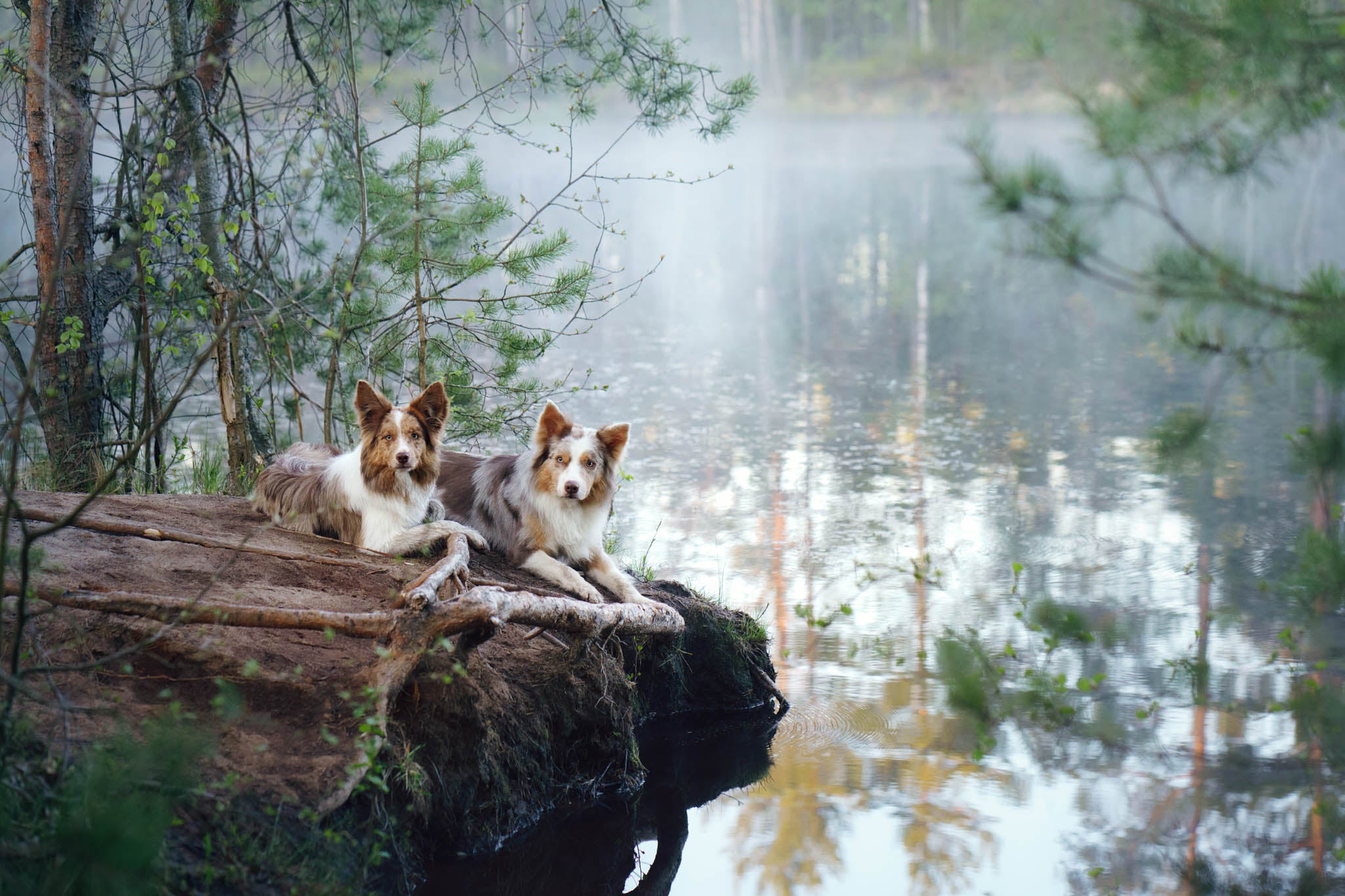Horses are magnificent creatures that have played an integral role in human history for centuries. These noble animals have shared our journeys, plowed our fields, and even raced us to victory. However, understanding how your horse is feeling goes beyond their physical capabilities; it delves into their emotions and mental state. Just like humans, horses have emotions that influence their behaviour and interactions. Learning to interpret their cues can foster a deeper connection between you and your equine companion. In this article, we will explore the key aspects of understanding your horse's emotions and how to communicate effectively with them.
The Language of Equine Emotions
Horses, while they can't speak our language, communicate through a rich and intricate language of their own. They convey their emotions through body language, vocalisations, and behaviour. Recognising these cues is essential to comprehending their emotional state.
Body Language
A horse's body language provides a window into their feelings. Here are some key signals to watch for:
-
Ears: The position of a horse's ears is a clear indicator of their mood. Forward-pointing ears usually indicate attentiveness and curiosity, while ears pinned back suggest irritation, aggression, or discomfort.
-
Eyes: Just like humans, a horse's eyes can reveal a lot. Relaxed, soft eyes typically indicate contentment, while wide-open eyes might mean fear or surprise.
-
Posture: A relaxed and upright posture generally signifies a calm and content horse. Conversely, a tense stance with raised head and tightened muscles can indicate anxiety or anticipation.
-
Tail: A swishing tail could indicate annoyance or agitation, while a tucked tail might signal submission or fear.
Vocalisations
Horses use vocalisations to express themselves as well. Common vocalisations include neighs, whinnies, snorts, and nickers. Each sound can represent different emotions or communicate specific messages. For instance, a high-pitched nicker might indicate excitement or a desire for attention, while a prolonged whinny could signify distress or a call to other horses.
Behaviour
Horses' behaviour can be a direct reflection of their emotional state:
-
Grooming Behaviour: Horses often groom each other as a social bonding activity. If your horse is grooming you or other horses, it could indicate a positive and friendly disposition.
-
Aggression or Avoidance: Aggressive behaviours like biting, kicking, or charging are usually signs of frustration, fear, or territoriality. On the other hand, avoiding contact or hiding could signal anxiety.
-
Appetite and Eating Habits: Changes in eating habits, such as sudden loss of appetite or aggressive feeding, might indicate stress, discomfort, or illness.
Developing Your Equine Emotional Intelligence
Understanding your horse's emotions requires a keen observation and an empathetic approach. Here's how you can develop your equine emotional intelligence:
Spend Quality Time
Regularly spending time with your horse allows you to build trust and understanding. Engage in activities that promote bonding, such as grooming, groundwork exercises, and leisurely walks. This will help you become attuned to your horse's natural behaviour patterns and emotional fluctuations.
Learn Their Normal Behaviour
Before you can identify changes in your horse's emotions, you need to know what their baseline behaviour looks like. Spend time observing them in various situations to establish a clear understanding of their usual demeanour.
Be Patient and Observant
Horses might not always express their emotions in obvious ways. Sometimes, subtle cues like a flick of the ear or a shift in weight can hold significant meaning. Patience and careful observation will help you pick up on these subtleties.
Context Matters
Interpreting your horse's emotions requires considering the context of the situation. For example, a horse that shies away from a particular object might not necessarily be fearful; they might simply be curious or uncertain.
Listen to Your Instincts
Your intuition can be a powerful tool in understanding your horse's emotions. If something feels off or different, don't dismiss it. Take the time to investigate and understand what your horse might be trying to communicate.
Common Equine Emotions
Horses experience a range of emotions similar to those of humans. Here are some common equine emotions and how they might manifest:
Happiness
A content horse often exhibits relaxed body language, soft eyes, and a willingness to engage with you. They might nuzzle or groom you, indicating affection and comfort.
Fear
Fearful horses tend to display wide eyes, raised heads, and a tense posture. They might spook at sudden noises or movements and might be reluctant to approach unfamiliar objects or areas.
Frustration
Horses experiencing frustration might paw the ground, toss their head, or exhibit restlessness. They might also pin their ears back and display signs of impatience or annoyance.
Relaxation
A relaxed horse will stand with a lowered head, drooping ears, and a generally calm demeanour. They might even doze off while standing, indicating a high level of comfort and trust in their surroundings.
Aggression
Aggressive behaviours like biting, kicking, or charging are clear signs of anger or frustration. A horse displaying these behaviours requires careful handling and training to address the underlying issues.
Responding to Your Horse's Emotions
Understanding your horse's emotions is only part of the equation. Responding appropriately is equally crucial for maintaining a healthy relationship and promoting their well-being:
Provide Comfort
If your horse is displaying signs of fear or anxiety, your presence and reassurance can help them feel more secure. Use soothing tones and gentle touches to communicate that there is no immediate danger.
Identify Triggers
Pay attention to the situations, objects, or environments that trigger negative emotions in your horse. By identifying these triggers, you can work on desensitisation and gradual exposure to reduce their anxiety.
Seek Professional Guidance
If you're unsure about your horse's emotions or behaviour, it's wise to seek advice from a professional equine behaviourist or veterinarian. They can provide valuable insights and recommend appropriate training techniques.
Training and Enrichment
Engaging your horse in regular training exercises and providing mental and physical enrichment can help alleviate negative emotions. A well-stimulated horse is less likely to experience boredom or frustration.
Understanding how your horse is feeling is a skill that takes time, patience, and a genuine interest in your equine companion. By learning to interpret their body language, vocalisations, and behaviour, you can gain insights into their emotional state. Developing your equine emotional intelligence not only deepens your bond but also ensures the well-being of your horse. Remember that every horse is unique, so take the time to get to know your individual horse's cues and responses. Through observation, empathy, and thoughtful responses, you can create a harmonious partnership built on trust and understanding.




